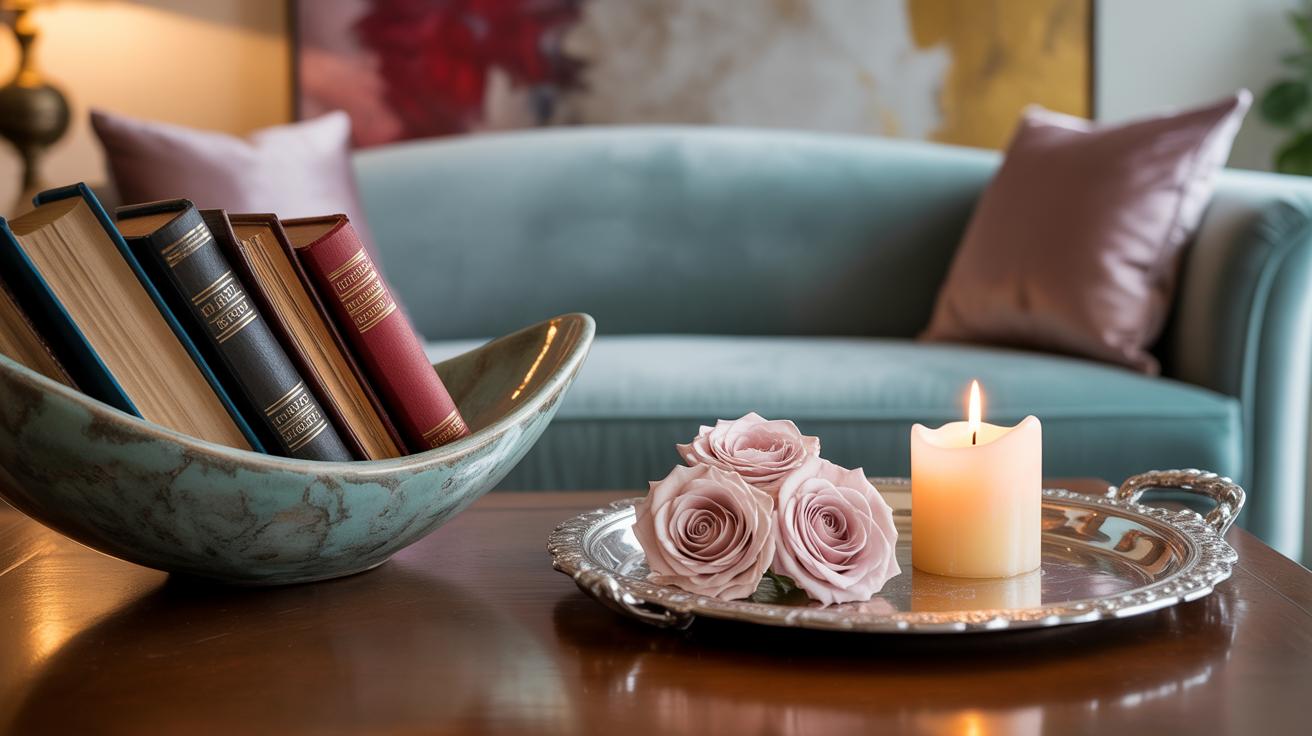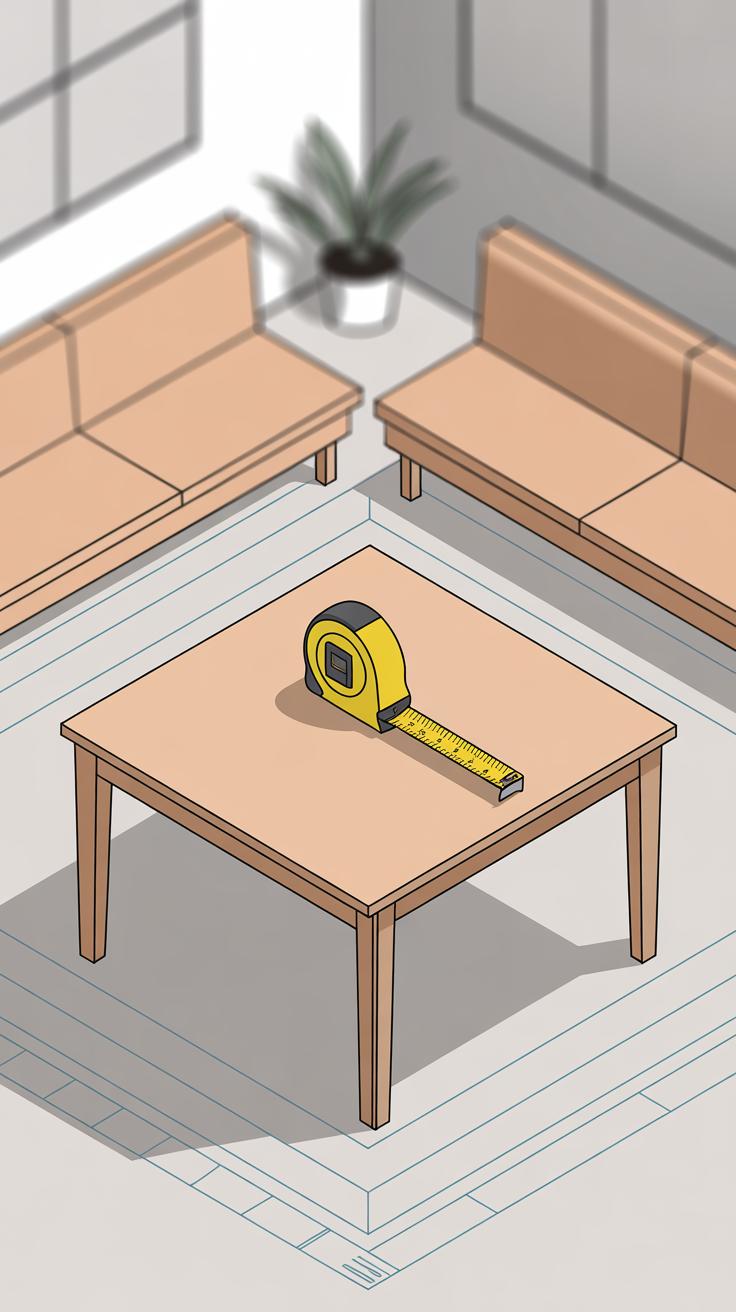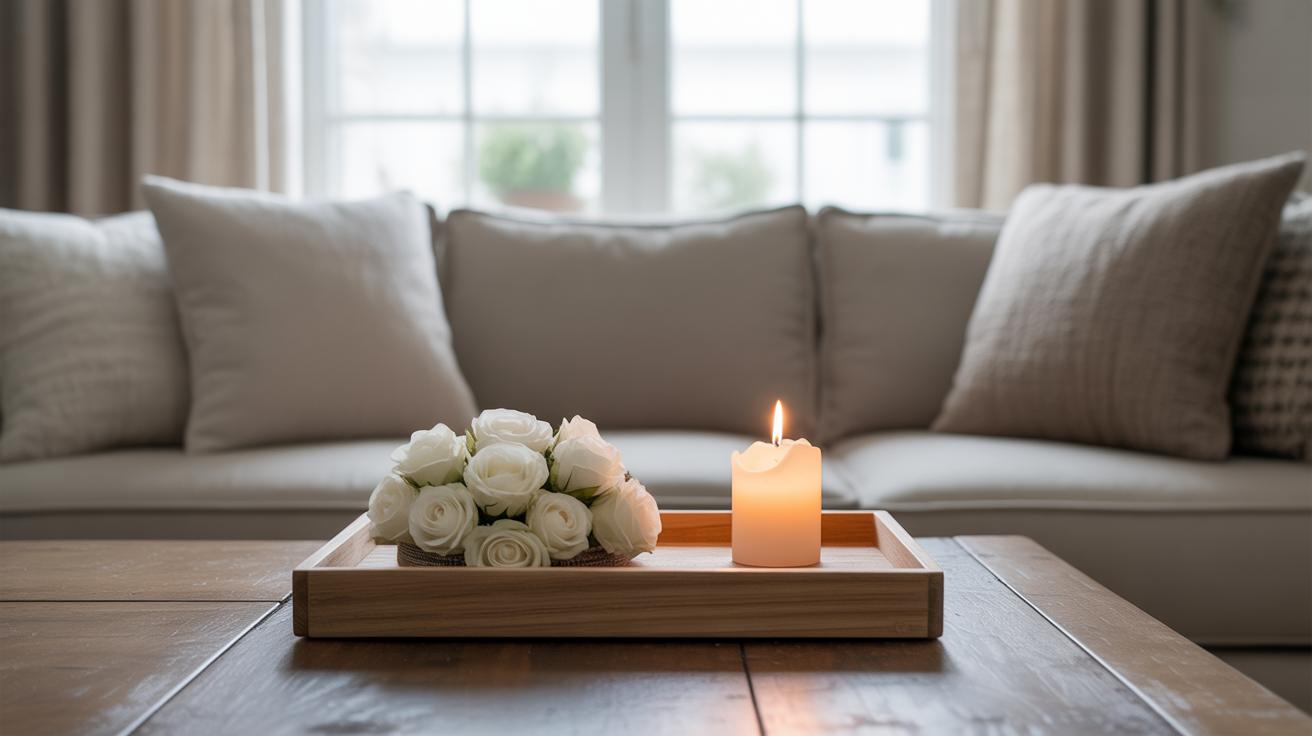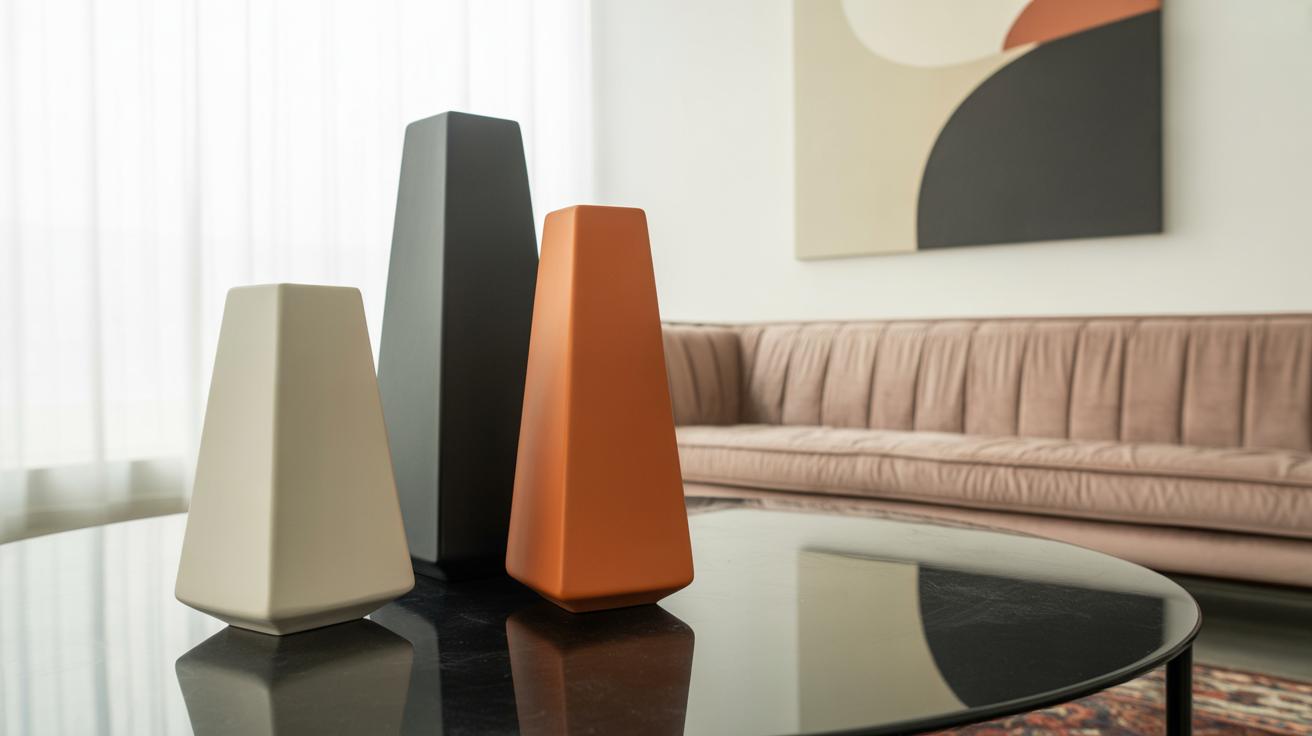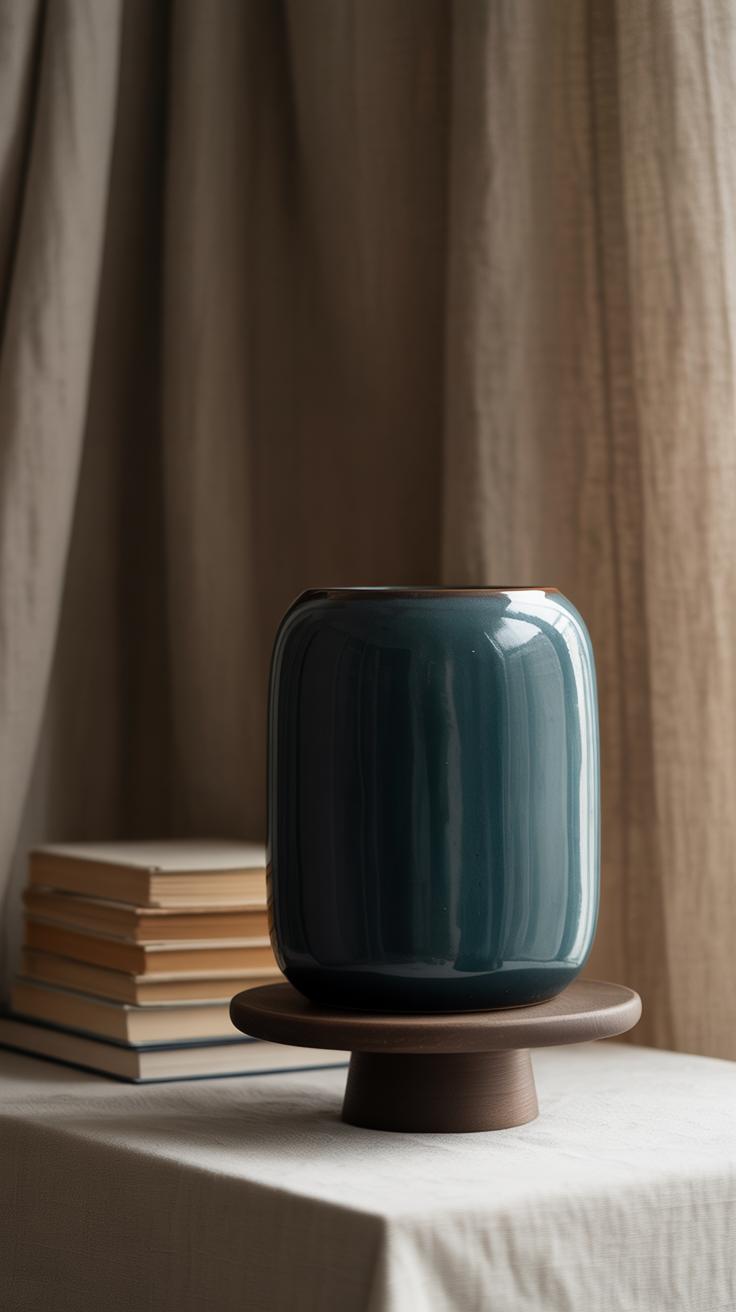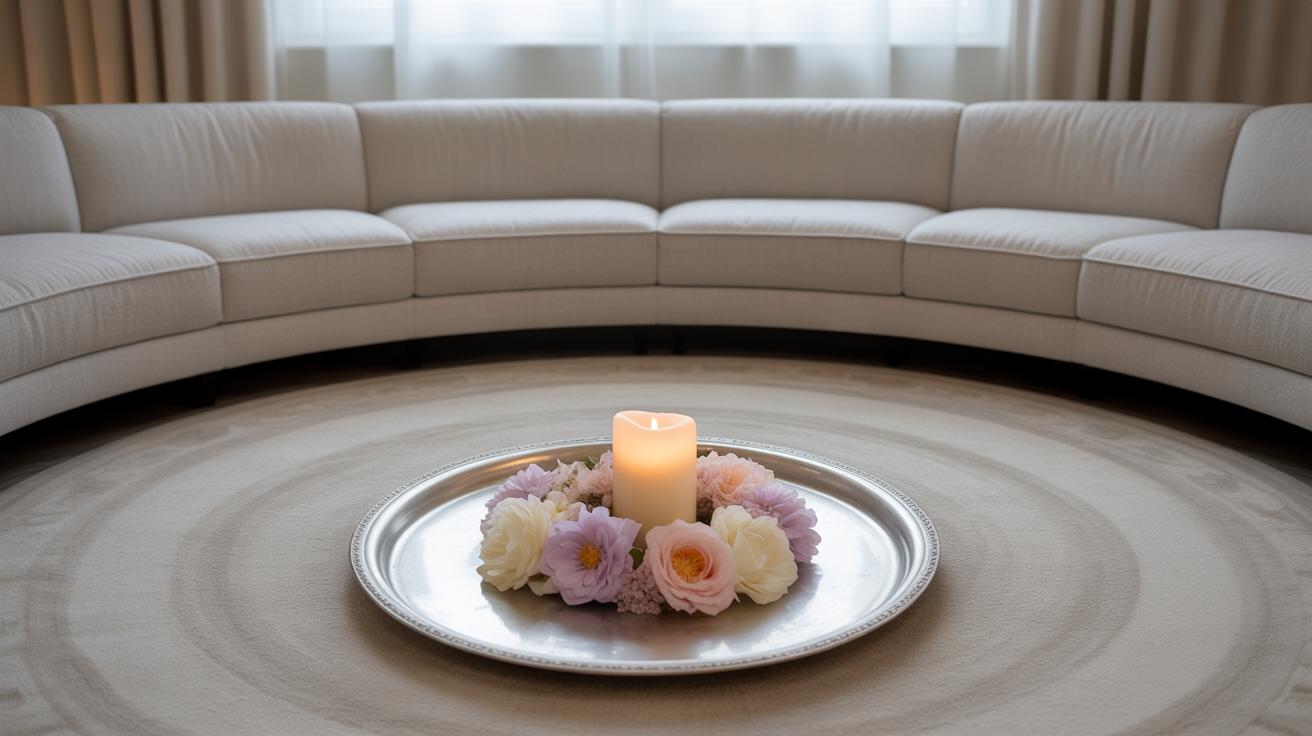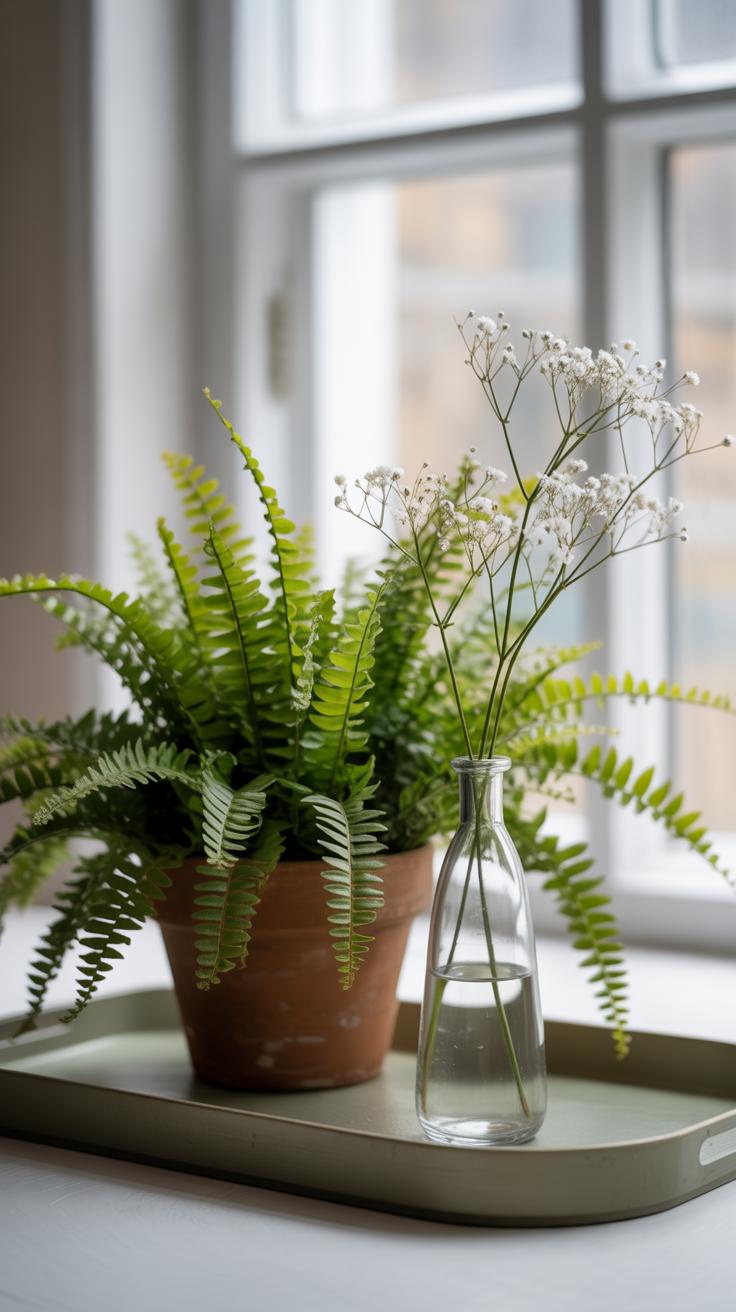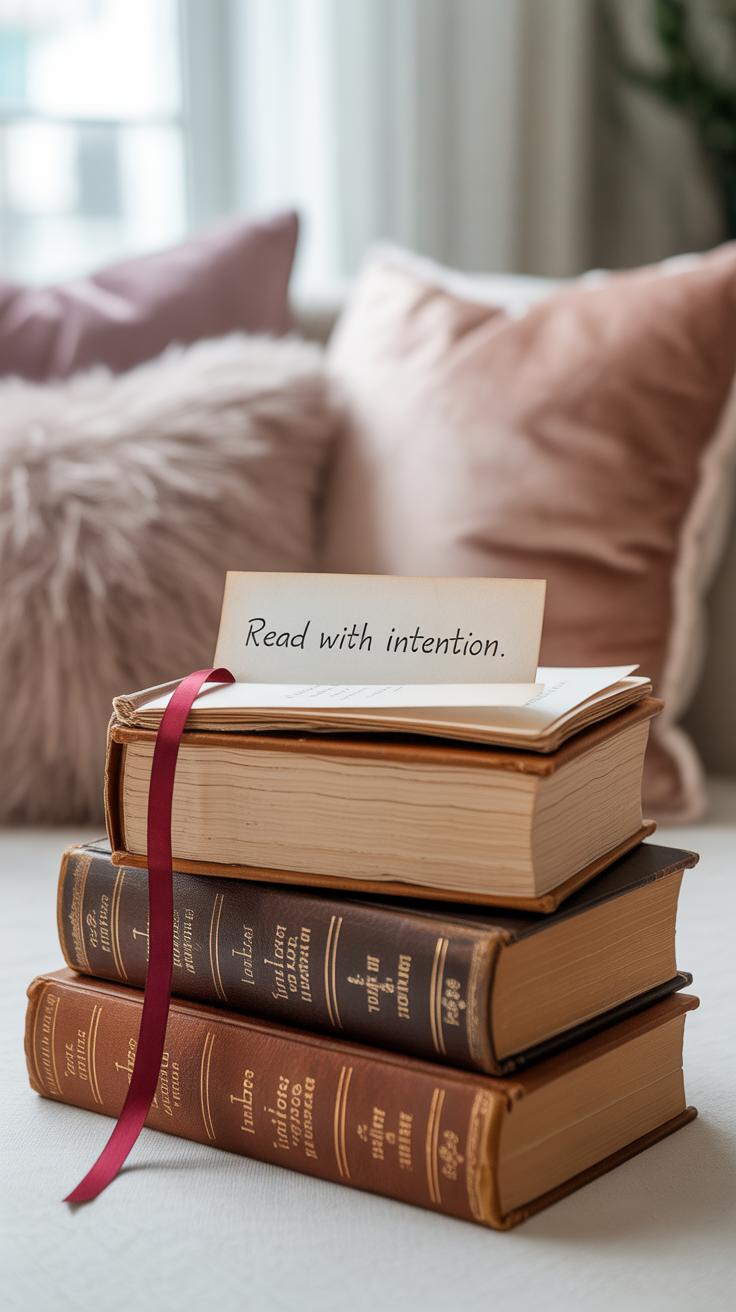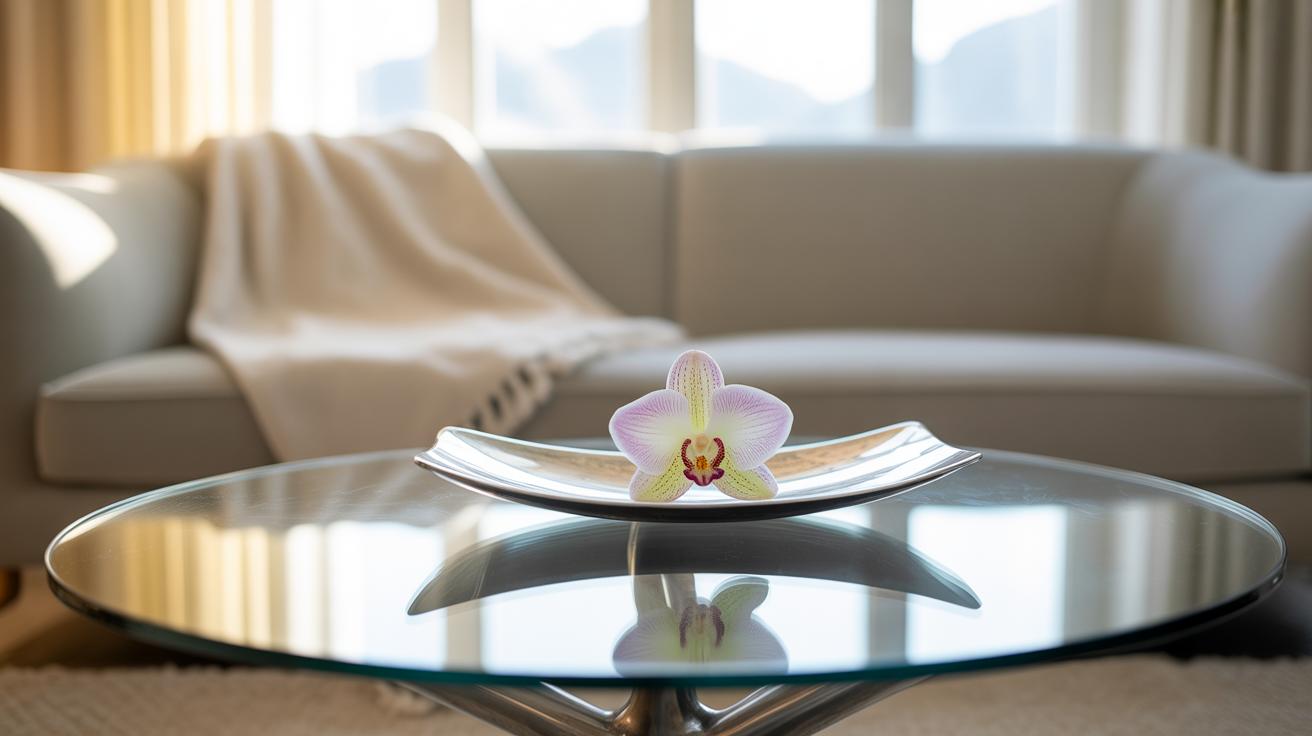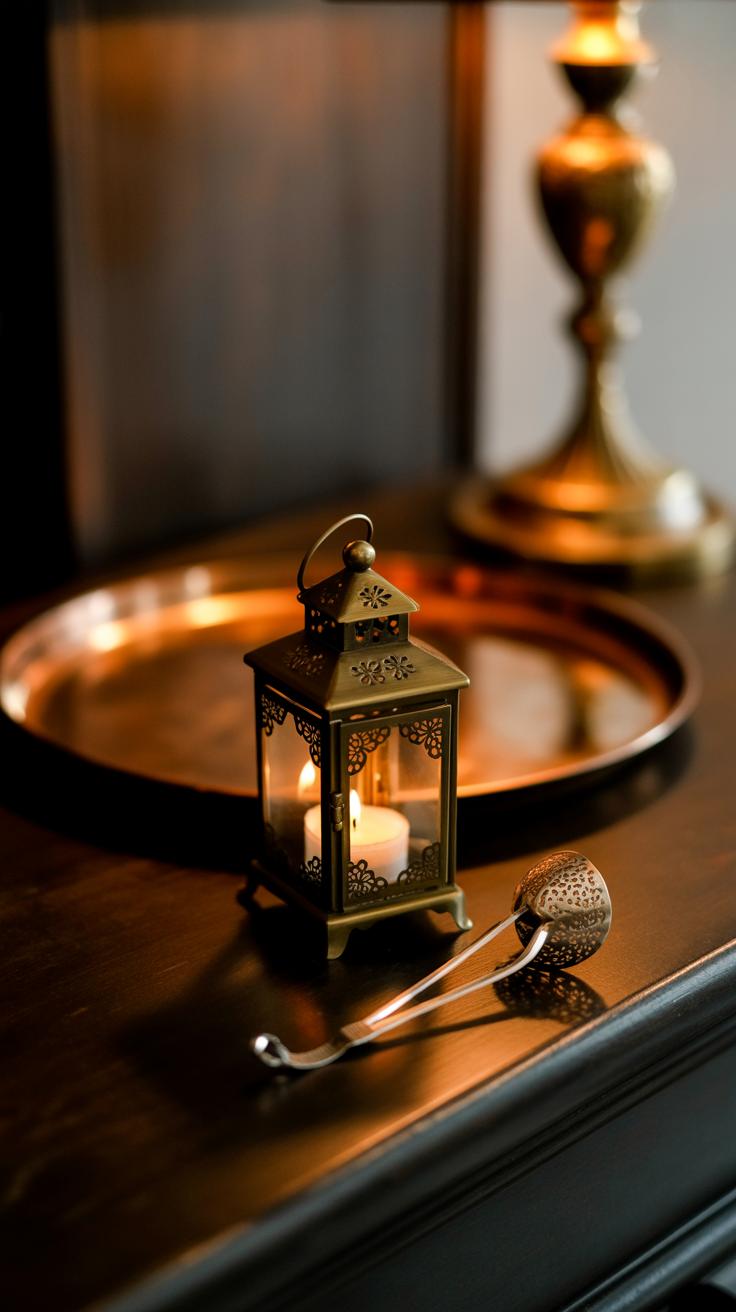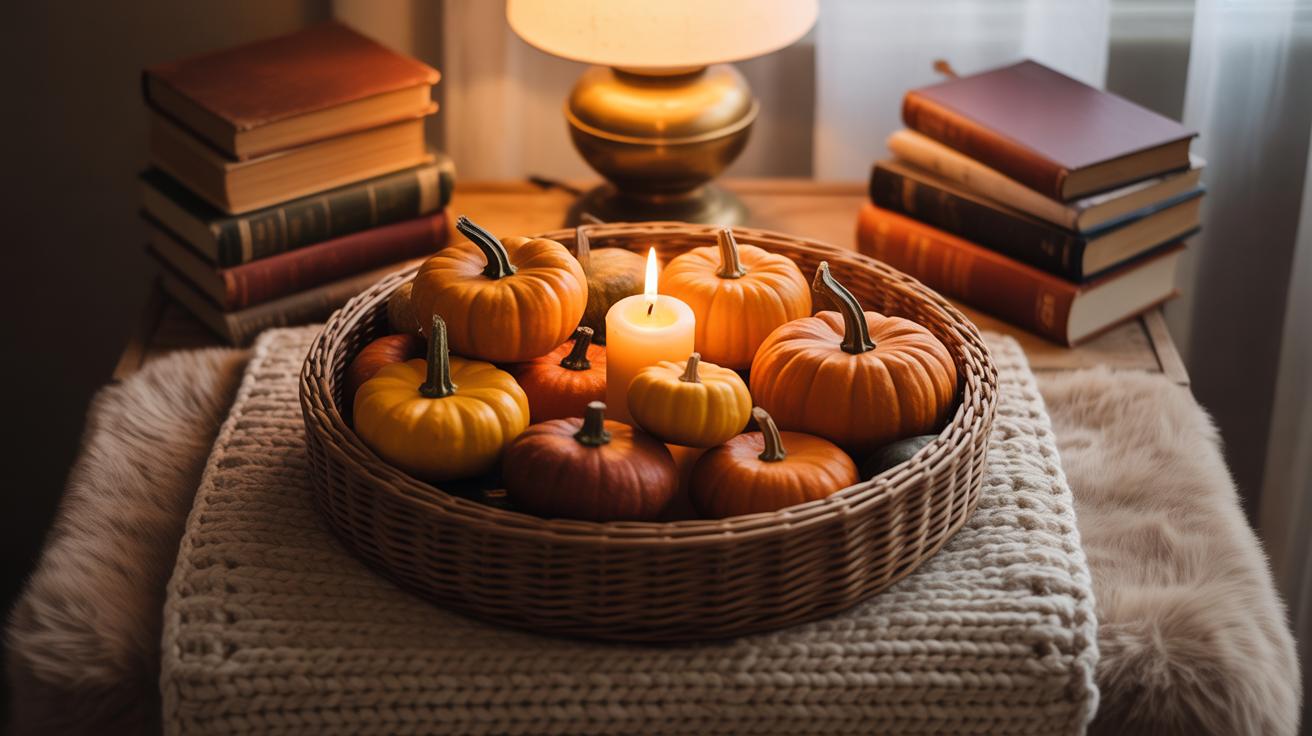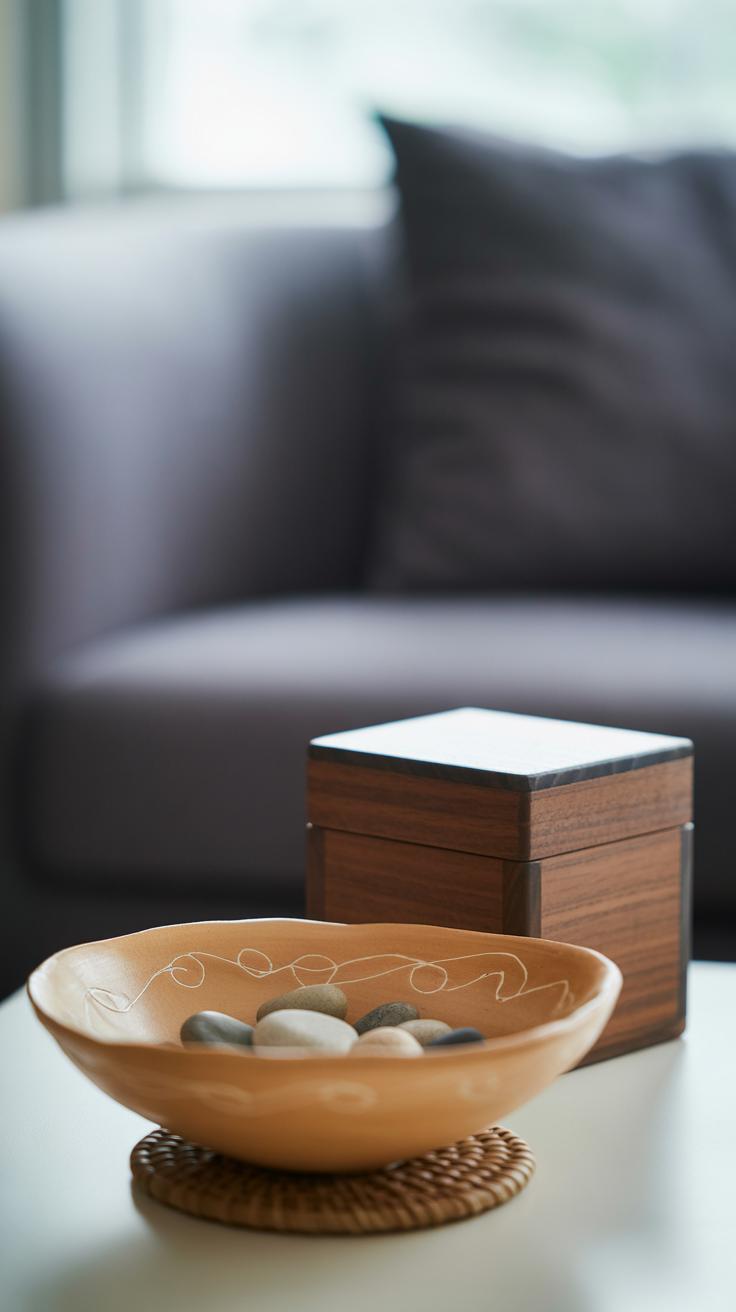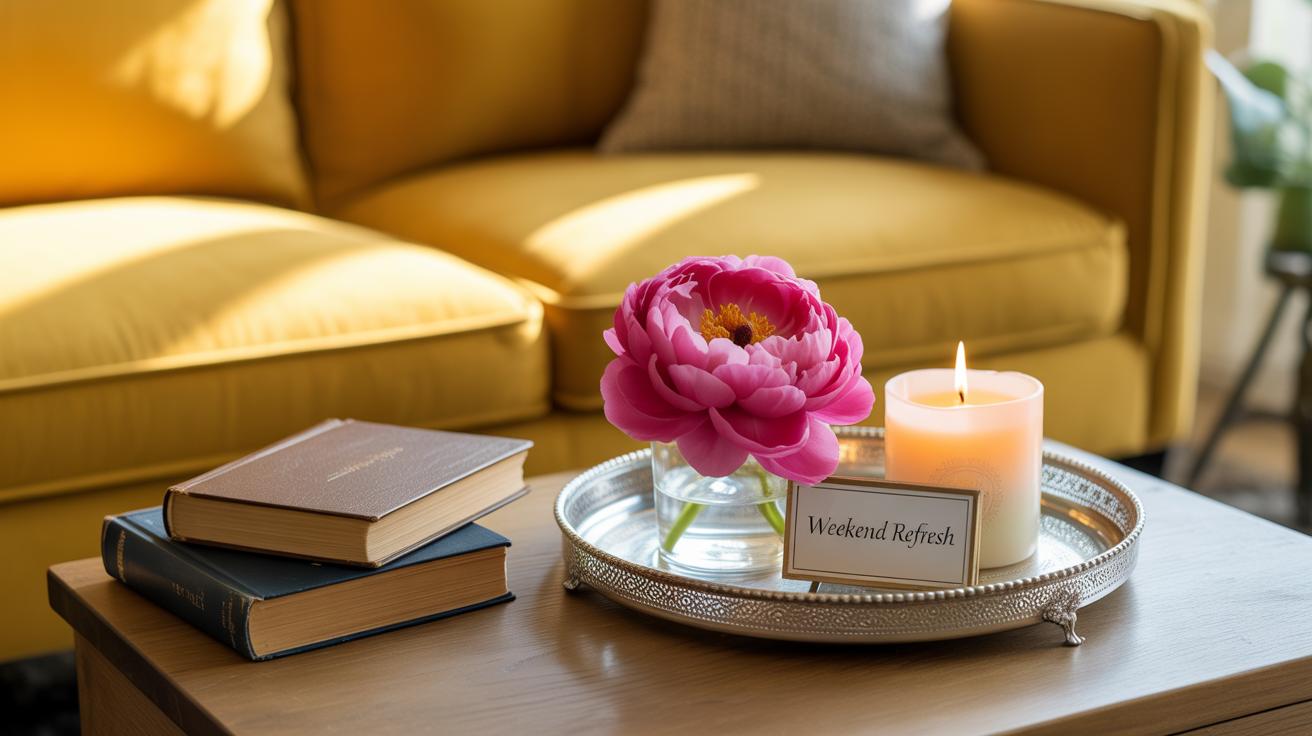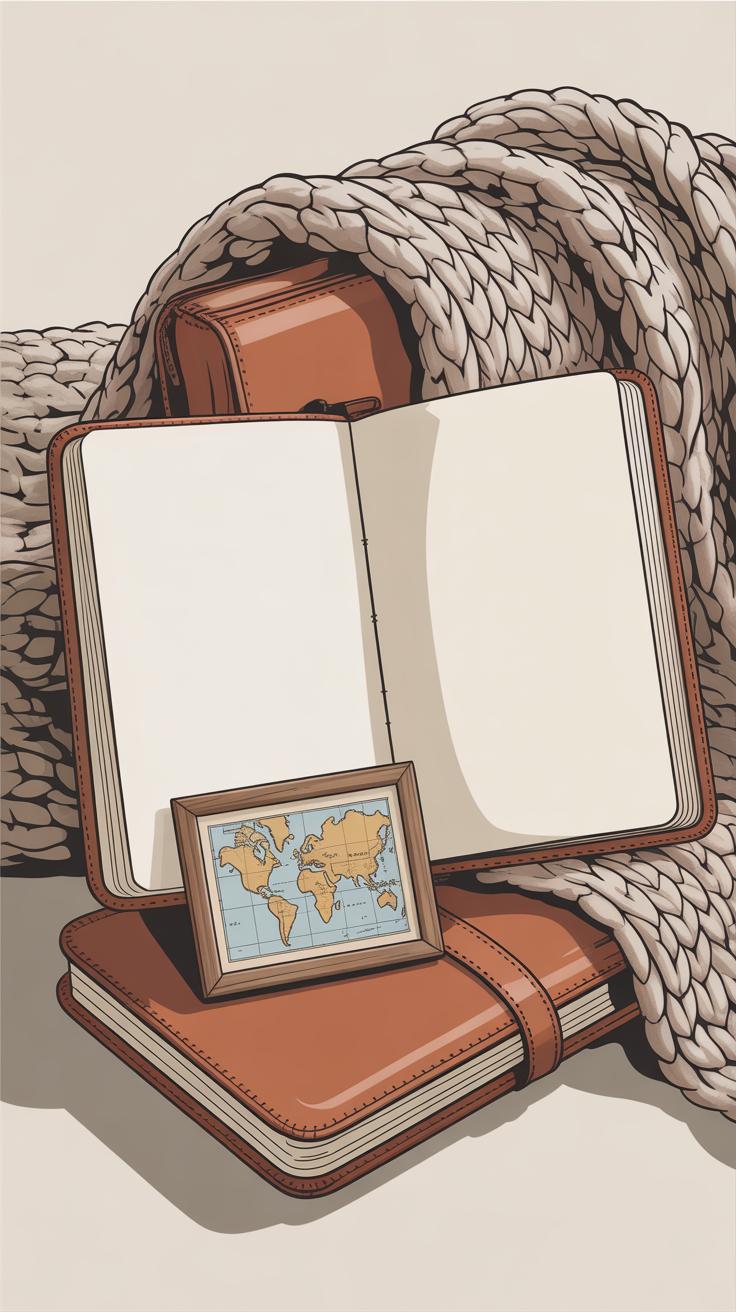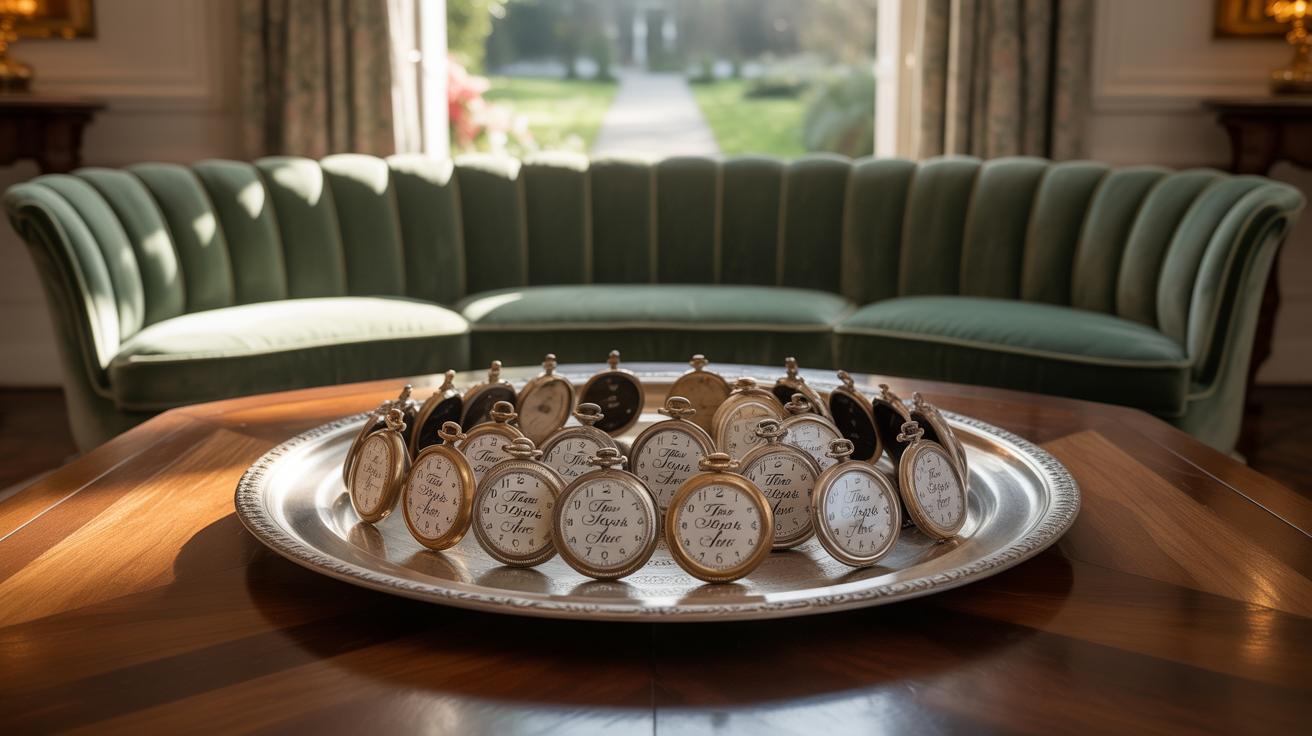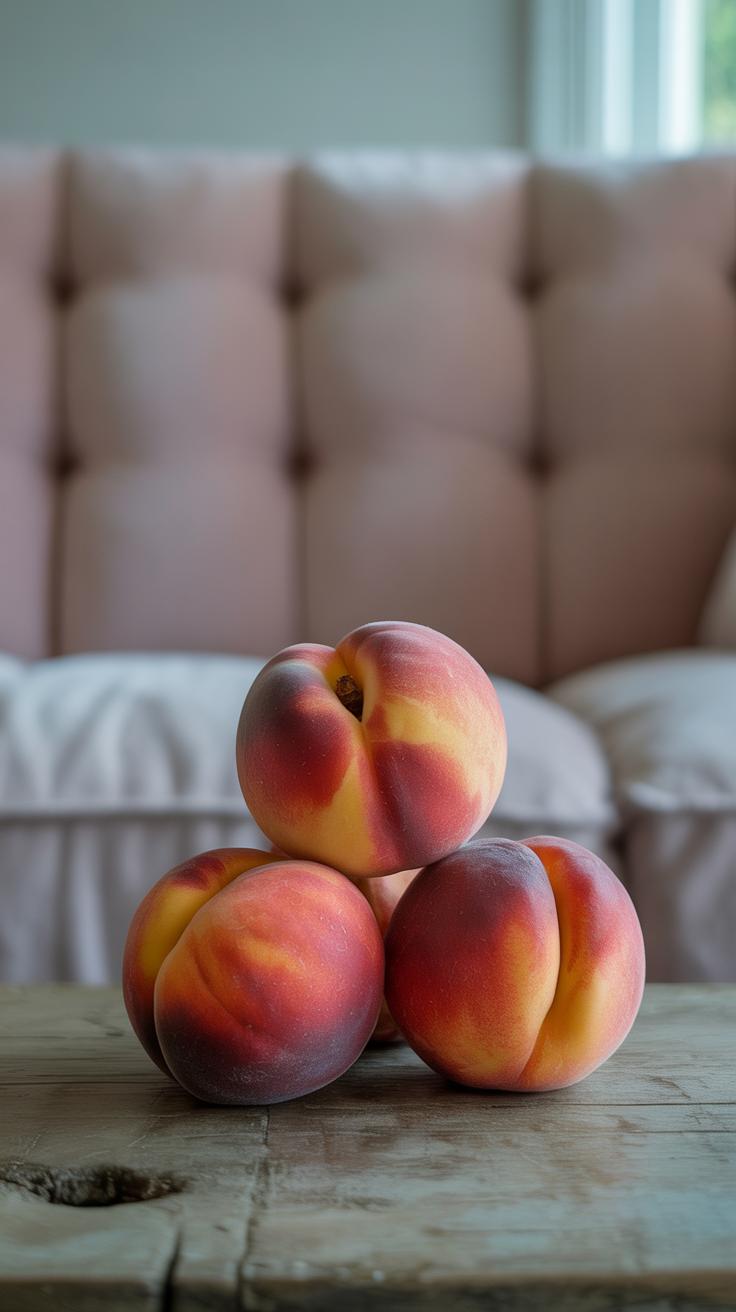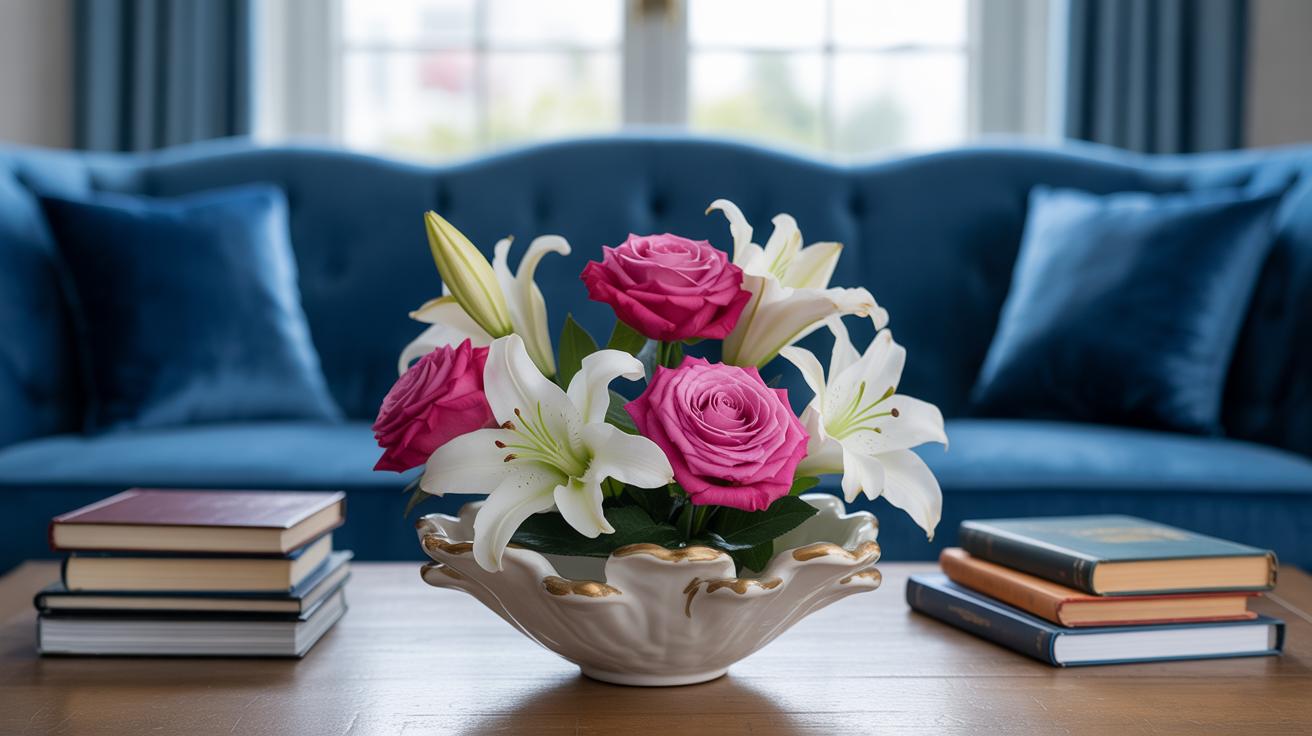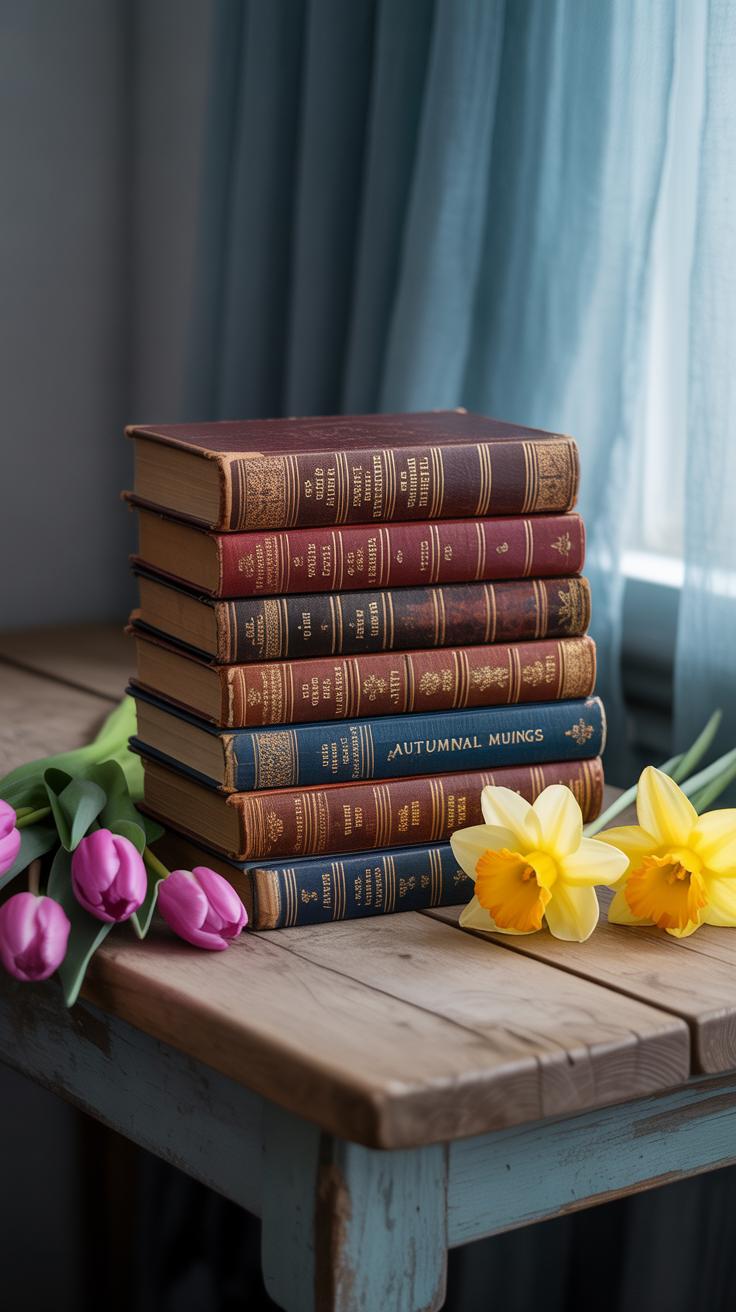Introduction
Your coffee table can say a lot about your personal style and can set the tone for the rest of your living space. Knowing which decor items to use can make this piece both beautiful and practical. This article explores the essentials that transform your coffee table into a striking focal point.
We will look at how to select decor that suits your space, what functional items to include, and how little touches can add big style. By the end, you’ll have clear ideas to create a coffee table setup that feels just right for you.
Understanding Your Coffee Table Space
Before you start picking out decor pieces, take a moment to really look at your coffee table and the space around it. What’s the size and shape of your table? A small, round table calls for different items than a large rectangular one. When you don’t match the scale of your decor to the table, things can look off—too many big objects feel overwhelming; too many tiny ones get lost or messy.
It’s easy to get carried away, filling every inch just because it looks empty. But clutter makes the table lose its appeal, and you might end up frustrated when there’s no room for coffee cups or magazines. Think about how the table relates to the sofas or chairs nearby. The decor should feel connected to that space, not floating like an afterthought. Proportion isn’t just about size; it’s how items work together in the area.
Try to keep your focus on balance without forcing perfect symmetry. Sometimes one larger item with a few smaller objects looks better than a bunch of equal-sized items. Don’t hesitate to leave some breathing room—it makes everything look more intentional and less like a hurried arrangement.
Measuring and Planning Your Layout
Grab a tape measure and note the length, width, and height of your coffee table. You might want to jot this down or sketch a simple rectangle to represent your table’s surface. A rough plan helps you visualize where each item could go, so you won’t just guess and then realize it’s cramped.
While sketching or planning, leave space for practical use. You still want to place your coffee, book, or remote without knocking things over. Consider the way people will interact with the table—if it’s in a crowded spot, less is more. You could sketch placeholders for a tray or a stack of books and see if that leaves some open space.
Making a physical layout plan prevents you from cluttering or overcrowding. It’s a quick step that takes a few minutes but saves a lot of trial and error. Remember, the goal is decor that invites use, not just looks pretty but is impractical.
Considering Your Room’s Style
Look around the room to figure out its style—are the lines clean and modern, or is everything more traditional and ornate? Maybe you lean toward rustic charm with earthy tones and raw wood. The items you put on your table should fit this vibe to avoid feeling disconnected.
For example, a sleek metal and glass table calls for minimalistic pieces, maybe a geometric vase or a small stack of neat books. Whereas a chunky wooden table might welcome a woven basket or pottery. Mixing styles can work but treading lightly is key—it can quickly become confusing if you’re not careful.
If your room is mostly neutral, don’t shy away from adding color through decor on your coffee table. Still, keep the tone consistent. Reflecting the room’s style in your coffee table decor makes the whole space feel more thought out and inviting. You want your coffee table to seem like it belongs rather than being tossed in as an afterthought.
Selecting Statement Pieces for Impact
When you start choosing decor for your coffee table, a statement piece can really steer the whole look. Think of it as the anchor. It might be a bold tray, a unique vase, or maybe an unexpected sculpture. What matters is that it catches your eye first, without overwhelming the space. For example, a ceramic vase with an unusual shape can bring character, but if it’s too large or too delicate, it might feel out of place or even fragile to touch.
Picking one main feature on the table helps to give your decor a clear focus. You don’t want everything fighting for attention—that’s where clutter creeps in. Instead, choose the item that feels the most ‘you’ or suits the room’s vibe. This piece should invite a second glance, making guests pause. Sometimes, that’s just a simple but striking bowl or an artful tray lined up with a few small candles.
Once you have your focal point, bring in smaller supporting pieces. These should complement without competing, like a few books or a small ornament. For instance, if your statement piece is a tall, textured vase, add a low-profile tray beside it or a tiny succulent—not both large or too busy. The point is to build harmony, not chaos. I’ve often found that less can be more, though occasionally, a little extra layering feels just right—so trust your instincts.
Incorporating Nature with Plants and Flowers
Bringing a bit of nature onto your coffee table can change the whole feel of the space. A touch of greenery or a bouquet of fresh flowers adds life in a way few other decor items can match. It softens the surroundings and makes the area feel more inviting—sometimes almost alive, really. Plus, plants can subtly improve air quality, which feels like a small bonus for something just sitting there.
For limited space, small plants or succulents tend to work best. They don’t crowd the surface and they’re quite forgiving if you forget to water them now and then. Think along the lines of a tiny aloe vera, a string of pearls, or a baby jade plant. These options need minimal sunlight and little fuss. You might even find a little succulent arrangement in a shallow dish, which brings some variety without overwhelming the table.
When it comes to flowers, fresh blooms are great but can wilt quickly, so mixing in faux flowers can be smart if you prefer low-maintenance. Seasonal color pops can come from tulips in spring, sunflowers in summer, or rich dahlias in the fall—whatever matches the vibe you want. It invites you to refresh your coffee table decor according to the time of year, keeping it feeling current without demanding much effort.
Books and Magazines As Decorative Elements
You might not immediately think of books or magazines as decor, but they really do more than just fill a shelf. A carefully chosen stack can add height and texture to your coffee table. Think of it as a quiet statement piece that invites curiosity without shouting for attention. Placing a few books horizontally creates a solid base, perfect for displaying smaller items like a vase or a candle, while a vertical arrangement can break the visual monotony and add some structure.
Selecting the Right Books
Picking books for their look rather than their content can feel a bit odd at first, but it’s about balance. Choose covers that catch your eye or reflect something about your personality. Maybe you like photography collections, travel journals, or vintage novels. The titles don’t have to be your all-time favorites, but they should feel genuine enough to spark a conversation. That quirky art book your friend gave you last year? Perfect. Also, magazines with striking covers or topics that genuinely interest you can add a timely, fresh vibe.
Arranging Books for Visual Appeal
Stacking books horizontally is the go-to, but don’t be afraid to mix it up. A vertical row can add height subtly and break things up, especially if you lean a magazine or slim book against a decorative object or stand. Try placing a small plant or object atop a stack to create layers. It’s less about symmetry and more about an inviting, lived-in look. Sometimes a slightly uneven pile or a casually leaning magazine brings warmth and personality to the space. Have you noticed how these little shifts can change the room’s feel?
Adding Lighting for Warmth and Style
Low-light sources bring a kind of softness you don’t get with overhead lighting. A coffee table with gentle illumination usually feels more inviting—like a place to unwind rather than just somewhere to set your cup down. Candles are the go-to here, but placing them isn’t always straightforward. You want to mix size and shape to avoid clutter, but also keep things safe. For example, tall pillar candles work well in sturdy holders with a wide base. They create height without wobbling. And, if you have kids or pets around, choosing flameless candles might be wise. Sometimes, I think it’s tempting to go overboard with multiple candles, but that can make your table look crowded and harder to use.
Small lamps offer another way to add warmth, especially when you can plug them in nearby or opt for battery-operated LED options. Consider table lamps with a low profile or a narrow base so they don’t overpower the scene. Designs with soft fabric shades tend to diffuse light gently, avoiding harsh glares. Placement matters too—putting a lamp on a side table close to your coffee table can create the right mood without cluttering the main surface. Or a small, minimalist lamp directly on the coffee table can highlight your decor choices without dominating the space. Think about how the light plays off objects, casting subtle shadows that expand the room’s ambiance. In fact, sometimes the indirect light feels cozier than direct illumination. Have you noticed that?
Functional Items That Look Good
Everyday items like coasters, trays, and remote holders don’t have to be purely practical — they can actually bring style to your coffee table. Think beyond plain and boring. You might find that a beautiful set of coasters not only protects your wood but also becomes a subtle focal point, especially if they have unique textures or patterns.
Choosing coasters made from natural stone or leather can add a touch of sophistication, while woven or cork ones provide a more casual, earthy vibe. It really depends on what your space needs — are you aiming for sleek and modern, or warm and rustic? Trays, too, offer so much more than surface protection. A metal or wooden tray can corral loose items, making the table feel intentionally arranged rather than cluttered.
Trays with handles are easy to move, which makes tidying a snap. Plus, they can act as small stages for the decor pieces you want to highlight. Decorative boxes or remote holders also do double duty. By keeping remotes and small items out of sight yet close at hand, they make the table look neat without feeling sterile.
Have you noticed how a beautifully designed holder can blend in yet subtly complement your other pieces? Sometimes, the perfect container adds just that right bit of charm while masking mess. The trick is to pick holders that echo your room’s textures or colors, so everything ties together, rather than fighting for attention.
Personal Touches That Show Your Personality
Display Meaningful Items
When choosing items to display on your coffee table, think about what really matters to you. Photos of loved ones, a small souvenir from a memorable trip, or a handmade piece that you cherish add layers of story to your space. These objects invite curiosity and spark conversations, but more than that, they remind you of moments and connections you hold dear. You might hesitate, wondering if these pieces fit with your decor style. But the key isn’t perfection—it’s authenticity.
For example, a framed photo doesn’t have to be professionally taken to be meaningful. Even a simple snapshot from a spontaneous day can feel more alive than any expensive art. So, ask yourself: which items instantly bring a smile, or a quiet feeling of home? Let those be your guide.
Balancing Personal and Stylish
Mixing personal items with stylish elements isn’t always straightforward. I often find it tricky to balance keepsakes with decor pieces that look polished or on-trend. The trick might be to group items thoughtfully rather than scatter them randomly. A vintage trinket can pair well with a sleek tray or a modern candle if you place them together intentionally.
Try to avoid overcrowding, but don’t shy away from adding personality. Maybe you prefer a minimalist style but still want something meaningful in view—choose one or two key pieces rather than a collection. You want your coffee table to feel inviting without looking cluttered or staged, even if that means letting go of the usual “rules” about matching or symmetry. It’s your story, after all, and it should show.
Maintaining Balance and Avoiding Clutter
When it comes to coffee table decor, less really can be more. Your table is a stage, not a storage spot, so it pays to keep things simple. Too many items scattered around create visual noise. It overwhelms the eye and, honestly, makes the space feel chaotic rather than inviting. You want that sense of calm, right? A few well-chosen pieces can stand out much better than a bunch of knick-knacks vying for attention.
Regularly editing what’s on your coffee table helps keep it feeling fresh instead of stale. I’m not saying you need to change everything every week—that would be exhausting—but try to reassess every month or so. Ask yourself: does this item add value or just take up space? If something doesn’t spark joy or match your current mood, maybe it’s time to swap it out or set it aside.
Don’t forget the practical side. The coffee table isn’t just for looks; you need space to actually use it. Leave some room for drinks, books, or little everyday things. If you’ve crowded every inch, you might find yourself moving things just to make room, which kind of defeats the whole purpose of decorating.
So, try to balance your personal style with functionality by:
- Keeping key decor pieces and removing extras that clutter the surface.
- Scheduling regular ‘decor check-ins’ to decide what stays or goes.
- Always leaving some open area to accommodate daily use.
It’s a bit like editing a photo—cutting away distractions to let the true image shine through. Your coffee table should be just enough, not too much.
Adapting Decor for Different Seasons
Simple Seasonal Switches
Your coffee table doesn’t have to stay the same all year round. Changing a few small pieces can completely refresh the look without feeling like a big project. Try swapping out floral arrangements—light, airy blooms in spring like tulips or daisies feel different from the rich, warm hues of autumn leaves or dried grasses. Sometimes, just switching one or two books to titles with covers that fit the season can create a subtle, yet noticeable effect.
Small ornaments also play a part. Maybe a tiny pumpkin or a pinecone appears in fall, replaced by seashells or glass balls in summer. These switches require little effort but keep the table from feeling stagnant. You might wonder, does changing decor every few months feel excessive? Maybe, but it can be a nice way to mark time without much fuss.
Using Colors and Textures
The colors and textures you choose impact the mood more than you might realize. In cooler months, deeper shades like navy, burgundy, or forest green paired with textured materials—think knitted coasters or leather-bound books—can add coziness. Come summer, lighter shades plus smooth or reflective surfaces like glass or ceramics can brighten the space.
Think about this: sometimes bold colors in winter feel like a relief from gray days, but sometimes they feel out of place. It depends on your taste and your mood, really. The key is not to aim for perfection but to experiment. Tactile changes, like swapping a linen runner for a velvet cloth, can subtly influence how you experience the space.
Conclusions
Decorating your coffee table doesn’t have to be complicated. Focusing on a few key elements gives you the freedom to express your style while keeping things useful. You can mix and match pieces that feel personal and purposeful.
Remember, your coffee table is more than just furniture. It’s a spot to bring your room together and show off small details that make your space feel welcoming and lived in. Take what you’ve learned and make your coffee table your own.

